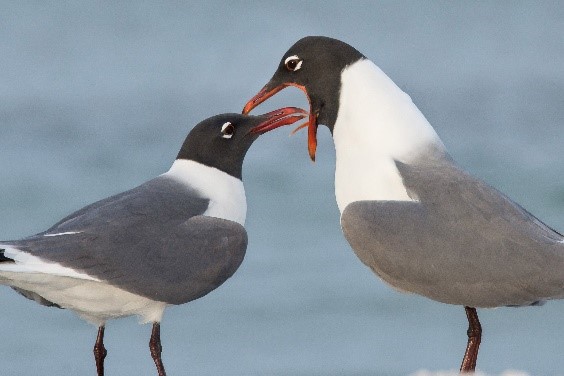Free Courses Sale ends Soon, Get It Now


Free Courses Sale ends Soon, Get It Now



Disclaimer: Copyright infringement not intended.
Context
Laughing Gull (Leucophaeus atricilla):
Physical Characteristics:
Habitat:
Behavior:
Breeding and Nesting:
Migration:
Distribution:
Conservation Status:
Interactions with Humans:
Role in Ecosystem:
Protection and Conservation:
|
PRACTICE QUESTION Q. Consider the following statements regarding the Laughing Gull (Leucophaeus atricilla):
Which of the statements above is/are correct? A)1 and 2 Answer: B) 2 and 3 Explanation:
|
© 2024 iasgyan. All right reserved